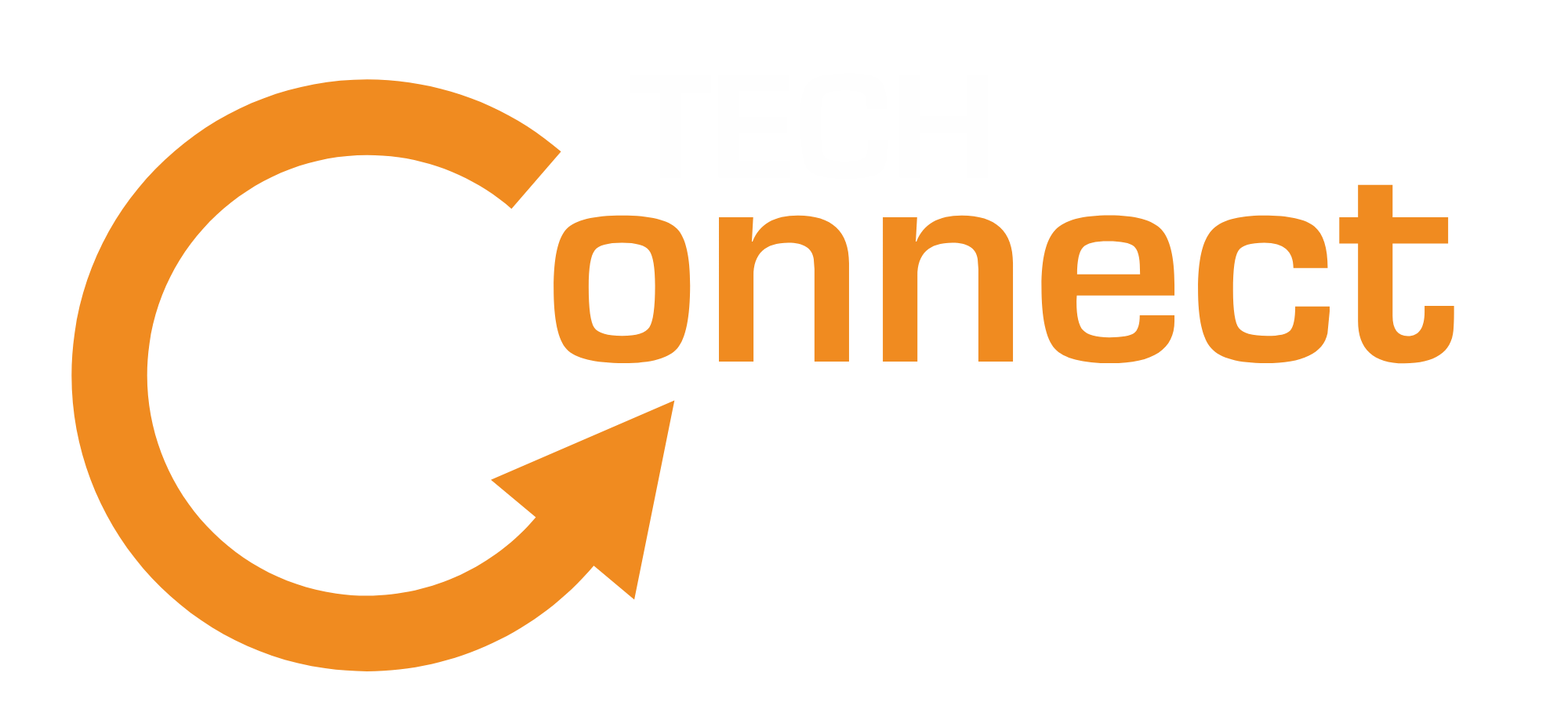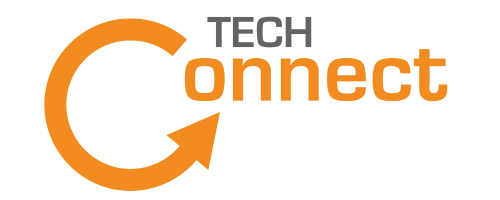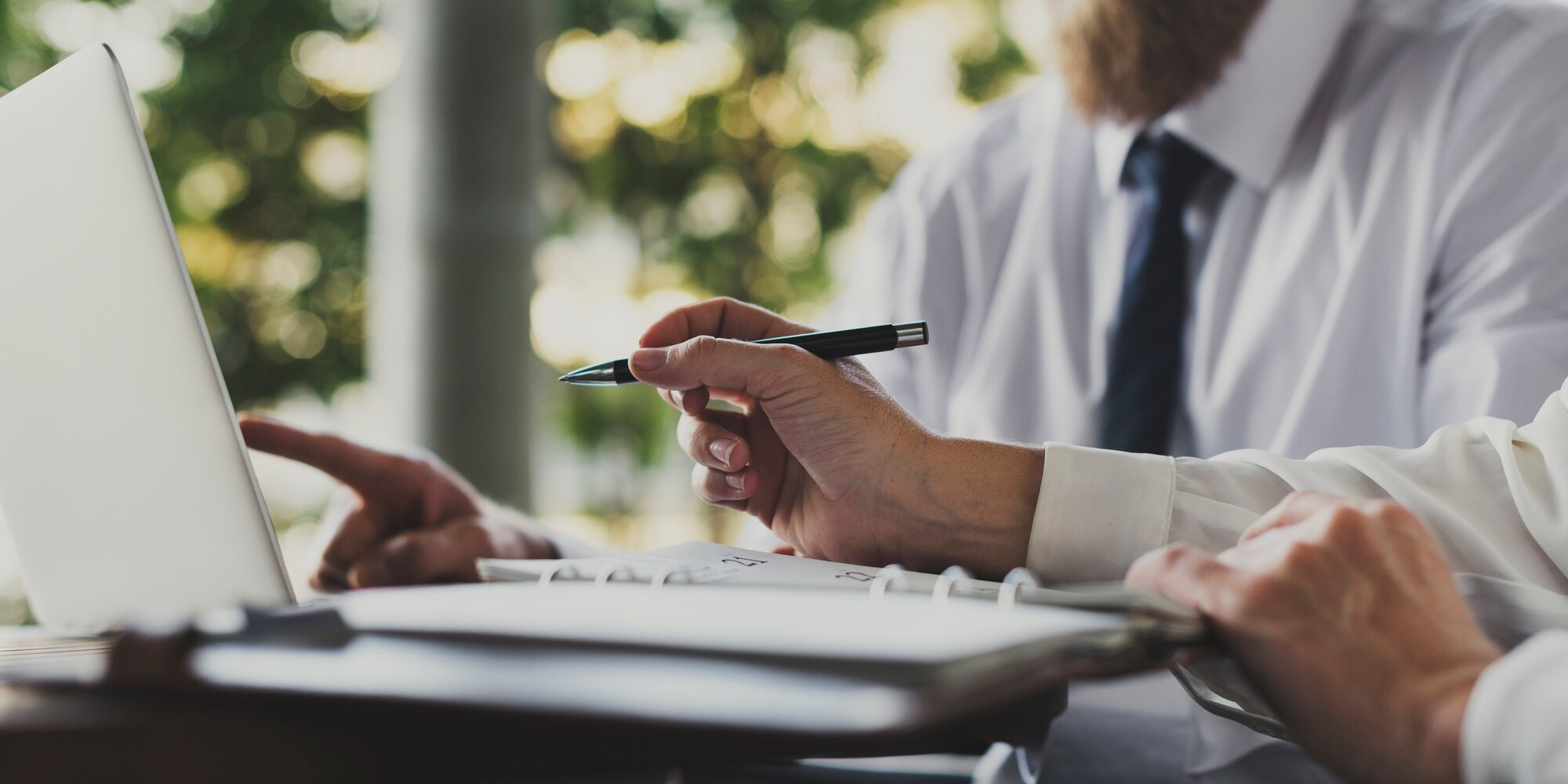
June 2, 2025
Last updated on 3 June 2025
Microsoft Product End-of-Support in 2025
Blogs
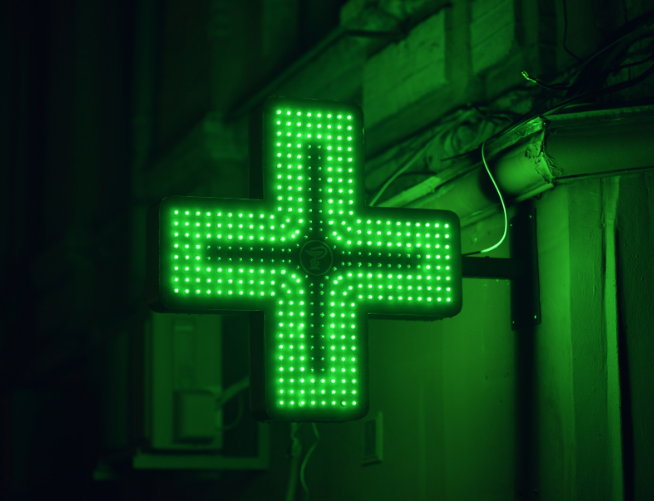
May 2, 2025
Last updated on 3 June 2025
The Future of Pharmacies
Blogs
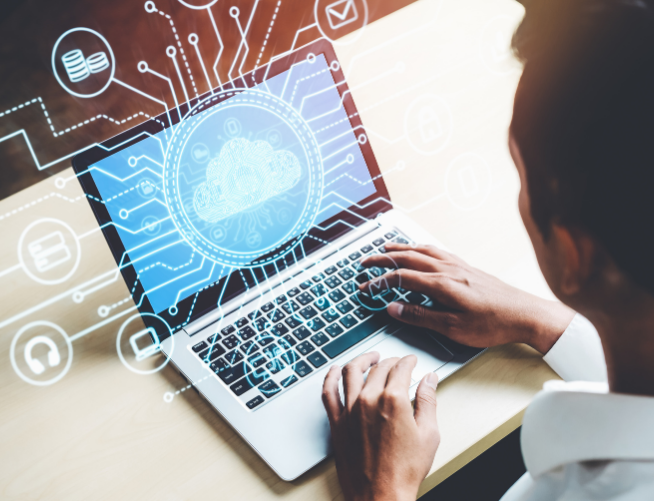
October 27, 2023
Last updated on 3 June 2025
Why use a Partner for Cloud Services?
Blogs

August 8, 2023
Last updated on 3 June 2025
TechConnect honoured as the Best Place to Work for the second consecutive year
Blogs
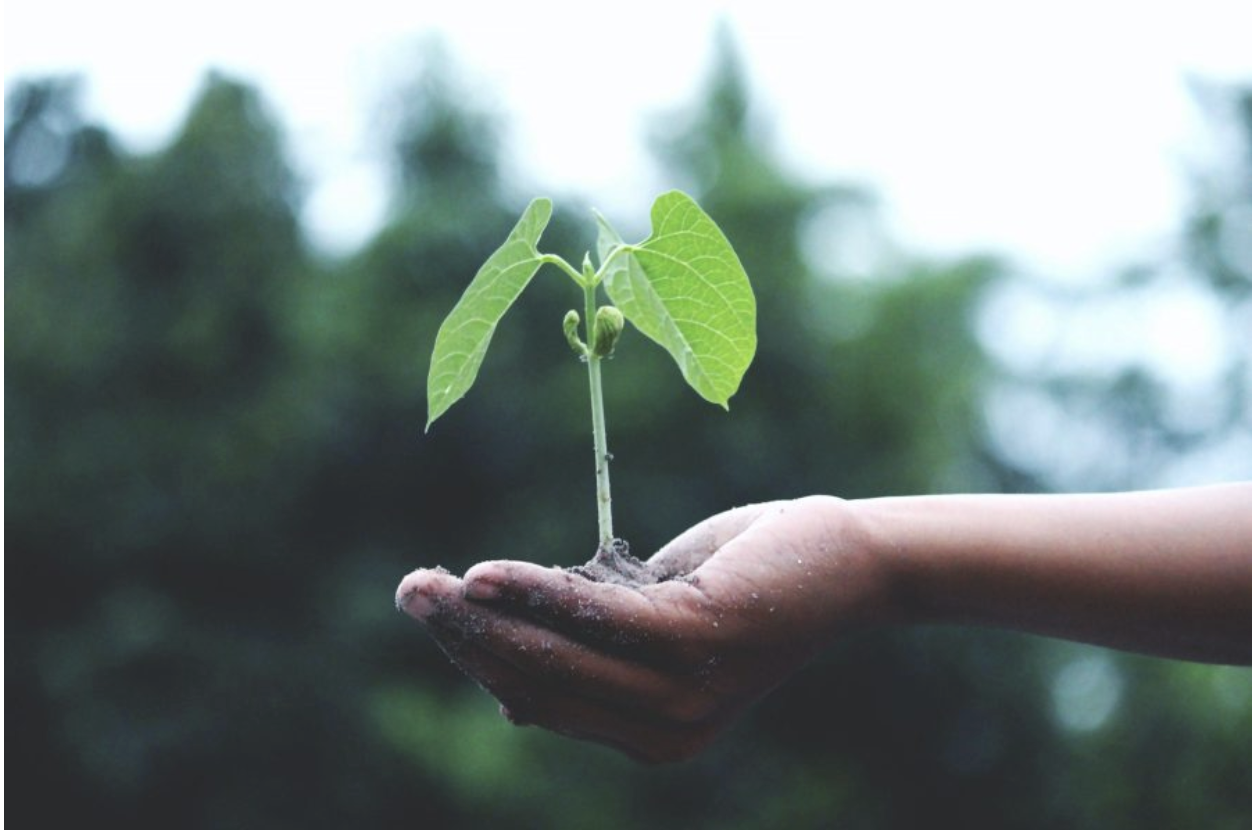
May 25, 2023
Last updated on 3 June 2025
Leveraging Data Platforms for Better ESG Reporting and Sustainability
Blogs

May 15, 2023
Last updated on 3 June 2025
Unlock the Power of Data with TechConnect and GDPR Compliance
Blogs

February 27, 2023
Last updated on 3 June 2025
Achieving Success through Data-Driven Decision Making with the AWS D2E Program
Blogs

February 15, 2023
Last updated on 3 June 2025
Unleashing the Full Potential of AI through Cloud Migration
Blogs

September 19, 2022
Last updated on 3 June 2025
The Importance of Data in the Business World
Blogs

September 14, 2022
Last updated on 3 June 2025
Why should you migrate to the cloud?
Blogs

August 17, 2022
Last updated on 3 June 2025
Best Place to Work Awards 2022
Blogs

March 1, 2022
Last updated on 3 June 2025
Azure Access Control Management at Scale
Blogs

January 24, 2022
Last updated on 3 June 2025
Becoming a more Data-Driven Company
Blogs

December 13, 2021
Last updated on 3 June 2025
Digital Transformation and Smart Cities
Blogs

October 13, 2021
Last updated on 3 June 2025
New paid parental leave policy
Blogs

October 12, 2020
Last updated on 3 June 2025
Mobile and Game Performance Monitoring
Blogs
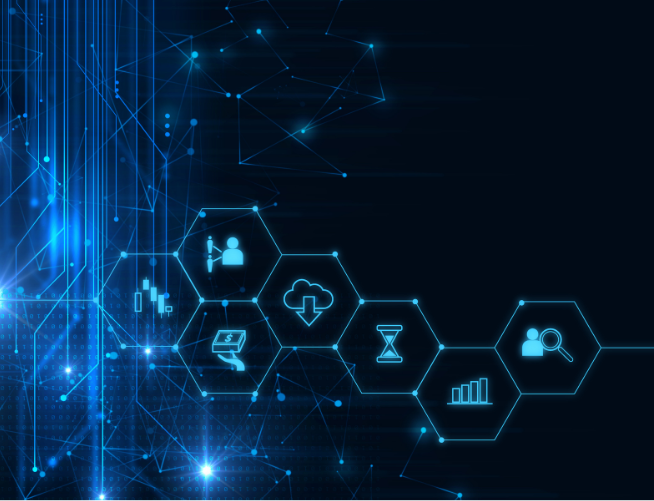
July 13, 2020
Last updated on 3 June 2025
Digital Transformation with Data
Blogs

November 21, 2019
Last updated on 3 June 2025
Creating a web-based ECG live stream
Blogs

October 15, 2019
Last updated on 3 June 2025
Five Mistakes to Avoid when Migrating to the Cloud
Blogs

September 9, 2019
Last updated on 3 June 2025
Artificial Intelligence and Machine Learning
Blogs
